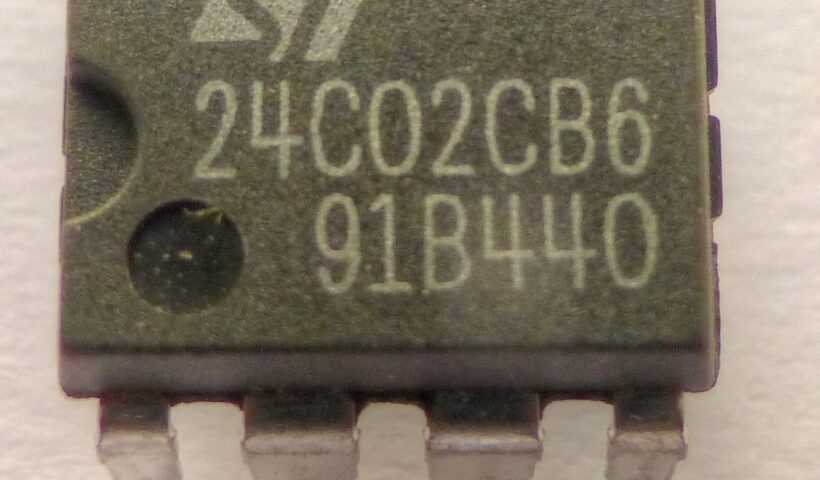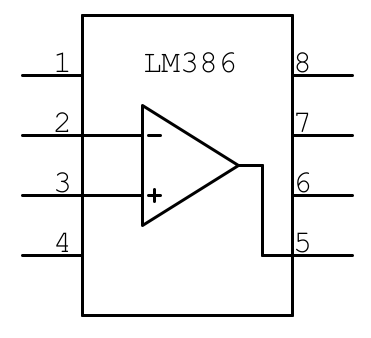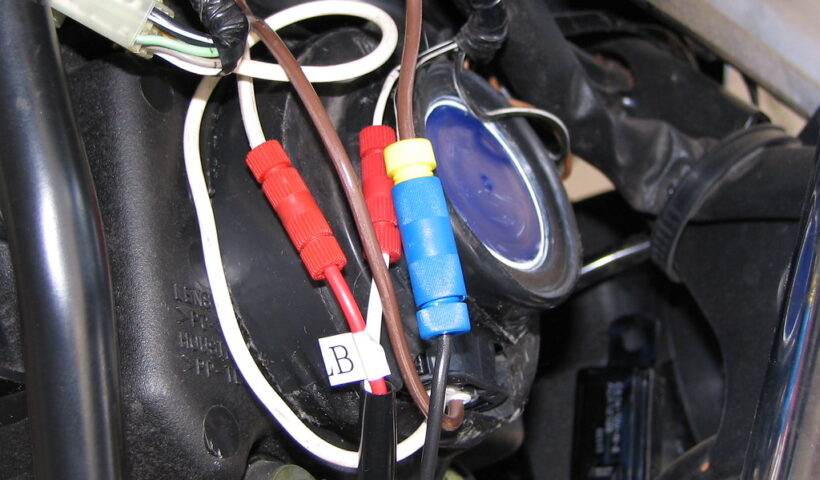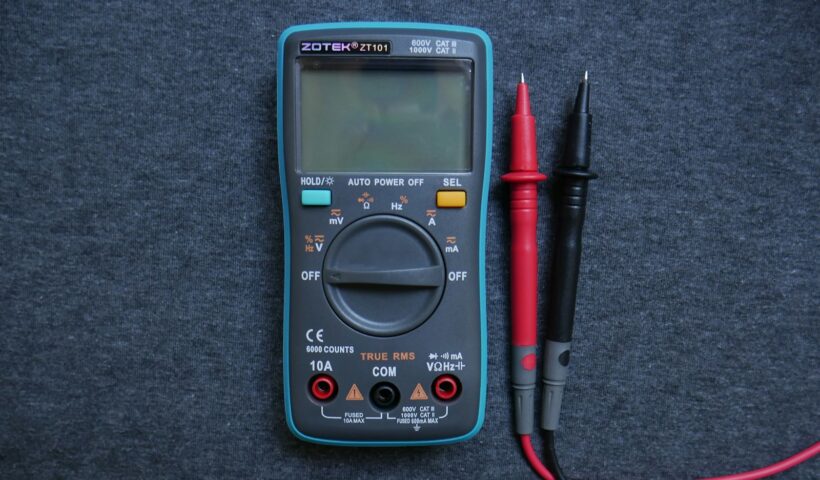EEPROM (Electrically Erasable Programmable Read-Only Memory) is a non-volatile memory type found on most Arduino boards. It allows you to store data even when the power is disconnected, making it suitable for settings, calibration values, or other data that needs to be retained. Here’s a guide on how to use it: Understanding EEPROM Non-Volatile: Data persists even after power off. Limited Writes: EEPROM has…
View More How to Store Data on EEPROM with ArduinoCategory: Electronics
Understanding LED Driving: Constant Current vs. Constant Voltage
Understanding LED Driving: Constant Current vs. Constant Voltage Light Emitting Diodes (LEDs) have revolutionized lighting, offering efficiency and longevity. However, unlike traditional incandescent bulbs, LEDs require specific driving methods to ensure optimal performance and lifespan. This article delves into the intricacies of constant current and constant voltage driving, the two primary methods for powering LEDs. Constant Current Driving Constant current driving, as the name…
View More Understanding LED Driving: Constant Current vs. Constant VoltageGetting Started with LEDs: A Beginner’s Guide to Lighting Up Your Projects
LEDs, or Light Emitting Diodes, are everywhere these days, from your phone screen to traffic lights. They are small, efficient, and come in a variety of colors, making them perfect for hobbyist projects. Here’s what you need to know to start using LEDs: Understanding the Basics Polarity: LEDs have a positive (+) and a negative (-) side. The longer leg is usually the positive…
View More Getting Started with LEDs: A Beginner’s Guide to Lighting Up Your ProjectsUnderstanding and Implementing Operational Amplifiers
Understanding and Implementing Operational Amplifiers Operational amplifiers (op-amps) are fundamental building blocks in analog circuit design. They are versatile, high-gain differential amplifiers that can be used to perform a wide variety of signal processing tasks, including amplification, filtering, and mathematical operations. This article provides an intermediate-level guide to understanding and implementing op-amps in your circuits. Basics of Operational Amplifiers An op-amp has two inputs…
View More Understanding and Implementing Operational AmplifiersGetting Started with SPI Communication: A Beginner’s Guide
SPI, or Serial Peripheral Interface, is a synchronous communication protocol commonly used to connect microcontrollers to peripherals like sensors, displays, and memory chips. This guide will walk you through the basics of SPI and help you get started with your first SPI project. Understanding SPI SPI relies on a master-slave architecture, where a master device initiates the communication and controls the data flow. The…
View More Getting Started with SPI Communication: A Beginner’s GuideAdvanced Automotive Wiring Harness Repair
A vehicle’s wiring harness is its central nervous system, transmitting vital signals and power throughout its components. While modern harnesses are robust, damage from wear, heat, or rodents can occur, demanding advanced repair techniques. This guide delves into the intricate world of harness repair, empowering DIY enthusiasts to tackle complex electrical issues. Understanding the Challenge: A wiring harness comprises numerous circuits with varying gauges,…
View More Advanced Automotive Wiring Harness RepairDemystifying the Multimeter: A Beginner’s Guide to Electrical Exploration
The multimeter: a humble yet powerful tool that unlocks the secrets of the electrical world. Whether you’re a hobbyist, DIY enthusiast, or just curious about how things work, understanding this device opens a universe of possibilities. Let’s embark on a journey to demystify the multimeter and equip you with the basics. What is a Multimeter? A multimeter is an electronic instrument that measures various…
View More Demystifying the Multimeter: A Beginner’s Guide to Electrical ExplorationUnderstanding and Using Capacitors: A Beginner’s Guide
Capacitors are fundamental components in electronics, acting like tiny energy reservoirs. They store electrical energy and release it when needed. This makes them crucial for various applications, from smoothing voltage fluctuations to timing circuits. What is a Capacitor? A capacitor consists of two conductive plates separated by an insulator called a dielectric. When connected to a voltage source, opposite charges accumulate on these plates,…
View More Understanding and Using Capacitors: A Beginner’s Guide





